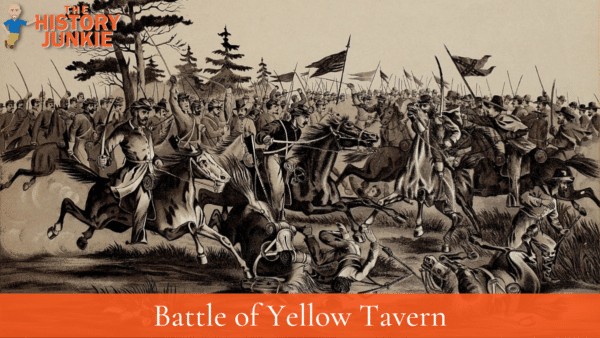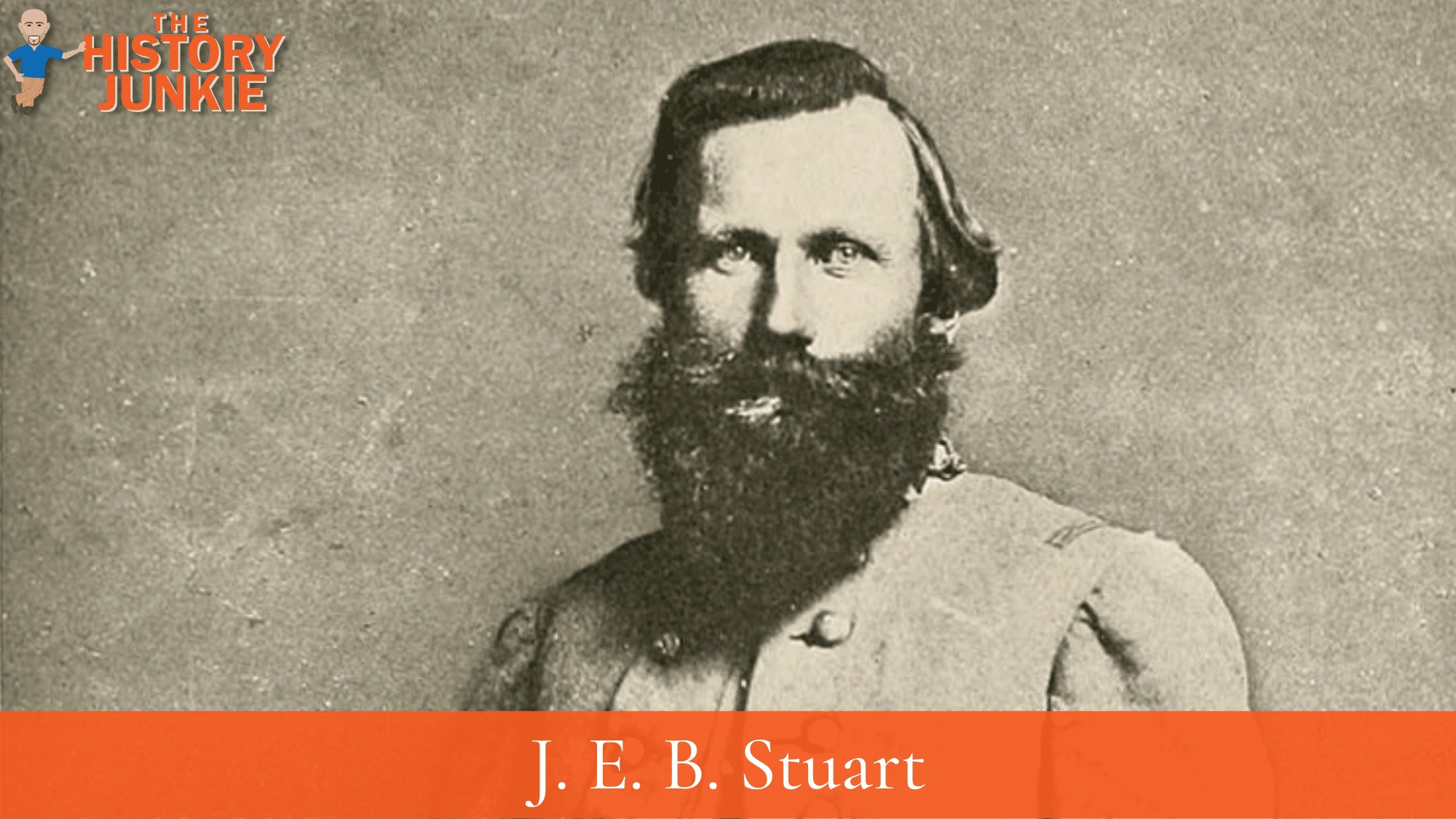The Battle of Yellow Tavern was a cavalry engagement fought on May 11, 1864, as part of the Battle of Spotsylvania Court House during the Civil War.

The battle resulted in a Union victory and the mortal wounding of Confederate cavalry commander J.E.B. Stuart.
The battle began when Union cavalry commander Philip Sheridan led 10,000 Union horsemen south from Spotsylvania Court House in search of a fight. Confederate cavalry commander Stuart, who had been shadowing Sheridan's movements, detected the Union advance and sent a division under Fitzhugh Lee to harass Sheridan's rear.
Stuart then led the rest of his cavalry south to meet Sheridan.
Jump to:
The Battle

The two forces met at Yellow Tavern, a crossroads on the outskirts of Richmond. Stuart formed his line in two wings, with his right-wing under William C. Wickham facing south and his left wing under Lunsford L. Lomax facing west.
Sheridan attacked Stuart's left wing, and the two sides fought a bloody battle for several hours.
During the battle, Stuart was shot in the abdomen by a Union sharpshooter. He was taken to Richmond, where he died the following day. Stuart's death was a major blow to the Confederate cavalry, and it deprived the Confederate army of one of its most capable commanders.
Despite Stuart's death, the Confederate cavalry fought on bravely, and they eventually forced Sheridan to withdraw from the field.
Conclusion
It was not a victory for the Confederates. He wanted to bleed the Confederacy because he knew that he could defeat them with more numbers, and if he continued the pressure despite mistakes, then the war would end. Losing Stuart was a gaping wound.
The Confederacy lost one of their best cavalry commanders, who was experienced and was mortally wounded, and General Sheridan continued his advance.
This was the beginning of the end.
